Kremlin urges global attention to Russia’s new nuclear doctrine
- Update Time : Wednesday, November 20, 2024

The Kremlin has emphasized the importance of global scrutiny of Russia’s newly formalized nuclear doctrine, highlighting its significance in maintaining strategic deterrence and clarifying conditions for retaliation. Kremlin spokesman Dmitry Peskov described the document as “extremely important” and called for “deep analysis” of its contents by both domestic and foreign policymakers. The updated policy, unveiled on November 19, outlines Russia’s stance on nuclear deterrence and the conditions under which it might deploy its arsenal.
Russia’s eight-page nuclear policy document builds upon previous statements made by President Vladimir Putin, who previewed changes to the doctrine earlier this year. A central element of the policy, according to Peskov, is its explicit assertion of the “inevitability of retaliation” in response to aggression against Russia or its allies.
This revised language underscores a clear warning to potential adversaries, making it explicit that any attack would trigger a decisive response. The doctrine aims to ensure that “a potential enemy” fully understands the consequences of any hostile action against Russia or its partners, thus deterring aggressive behavior.
The Kremlin’s renewed focus on its nuclear posture comes amid escalating tensions with Western nations over the conflict in Ukraine, particularly as Kyiv continues to push for expanded military support from its NATO backers. Russia’s updated stance explicitly considers scenarios in which a non-nuclear state acts in coordination with a nuclear power, treating such situations as collective aggression.
The timing of the announcement coincides with reports suggesting that US President Joe Biden has given tacit approval for Ukraine to employ American-made long-range weapons to strike deep into Russian territory. While Washington has not officially confirmed the policy shift, some of its allies have corroborated the claim. Such developments have further fueled Moscow’s concerns over NATO’s role in the conflict.
Peskov declined to comment directly on whether a potential deployment of US Tomahawk cruise missiles in Ukraine-as reportedly requested by Ukrainian President Vladimir Zelensky-would trigger a nuclear response under the new doctrine. However, he reiterated that the updated rules account for scenarios involving aggression by a non-nuclear state supported by a nuclear power. This inclusion reflects Russia’s growing unease over the increasing involvement of Western nations in the conflict.
Zelensky’s proposed “victory plan” for the conflict includes unrestricted use of Western-supplied weaponry and the establishment of a “conventional deterrence package” on Ukrainian soil. His reported request to station US Tomahawks-capable of striking deep into Russian territory-has drawn sharp criticism from Moscow.
According to Russian officials, such actions could escalate the conflict to a dangerous new level, potentially drawing NATO and Russia into direct confrontation. Putin has warned that any attack on Russian territory facilitated by NATO weapons would be treated as an act of war, raising the specter of a broader conflict with catastrophic consequences.
Russia’s revised nuclear doctrine appears to be a direct response to what it perceives as an increasingly aggressive Western posture. By making its deterrence policy explicit, the Kremlin aims to eliminate ambiguity about its red lines. This clarity is intended to dissuade potential adversaries from miscalculating the risks of their actions.
At the heart of the doctrine is the principle of proportional response, which the Kremlin has adapted to modern geopolitical realities. Peskov’s remarks highlight the inclusion of scenarios in which a non-nuclear actor, backed by a nuclear power, engages in hostile activities. This addition reflects Moscow’s recognition of the evolving nature of global conflicts, where proxy wars and alliances often blur the lines between direct and indirect aggression.
While the doctrine reserves the right to use nuclear weapons to protect Russia’s sovereignty and territorial integrity, it also extends this protection to its allies. This provision underscores Russia’s commitment to collective security within its sphere of influence, a stance likely aimed at reassuring partners such as Belarus.
The release of Russia’s updated nuclear doctrine has prompted calls for careful examination by international observers. Analysts note that the document reflects Moscow’s heightened sense of vulnerability amid its ongoing confrontation with the West. However, it also reinforces its commitment to strategic stability by clearly defining the conditions under which nuclear weapons would be used.
Critics in the West have expressed concerns that the doctrine’s emphasis on retaliation could escalate tensions further, particularly in the context of the Ukraine conflict. NATO’s support for Kyiv, including the provision of advanced weaponry, has already strained relations with Moscow to a breaking point. The potential deployment of long-range missiles capable of striking deep into Russian territory represents a particularly alarming scenario.
On the other hand, proponents of a strong deterrence policy argue that Russia’s explicit articulation of its nuclear doctrine provides much-needed clarity. By eliminating ambiguity, the Kremlin hopes to reduce the likelihood of miscalculations that could lead to unintended escalation.
The unveiling of the new doctrine comes at a critical juncture in global geopolitics. With the Ukraine conflict serving as a flashpoint for broader tensions between Russia and the West, the potential for missteps remains high. Russia’s emphasis on the inevitability of retaliation reflects its determination to deter any actions that threaten its core interests.
At the same time, the doctrine’s provisions for responding to collective aggression-including by alliances such as NATO-highlight Moscow’s wariness of encirclement. By framing its nuclear policy in terms of both national and allied security, Russia seeks to counterbalance the perceived threat posed by Western military alliances.
Russia’s updated nuclear doctrine represents a significant milestone in its strategic posture, reflecting both its growing concerns over Western involvement in Ukraine and its commitment to maintaining credible deterrence. The Kremlin’s call for global scrutiny of the document underscores its desire to communicate its red lines clearly to potential adversaries.
As tensions continue to escalate, the importance of understanding and addressing the underlying dynamics of the conflict cannot be overstated. For policymakers and analysts alike, the new doctrine serves as a stark reminder of the high stakes involved in navigating the complex interplay of deterrence, aggression, and diplomacy in today’s geopolitical landscape.


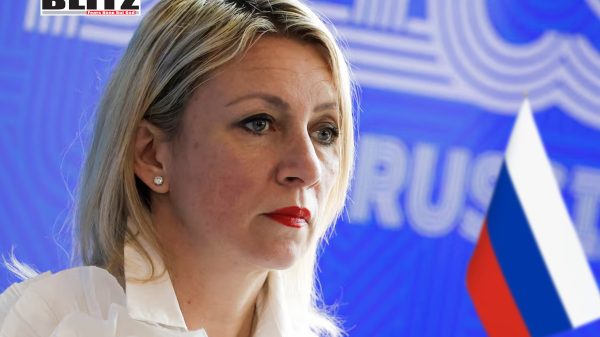
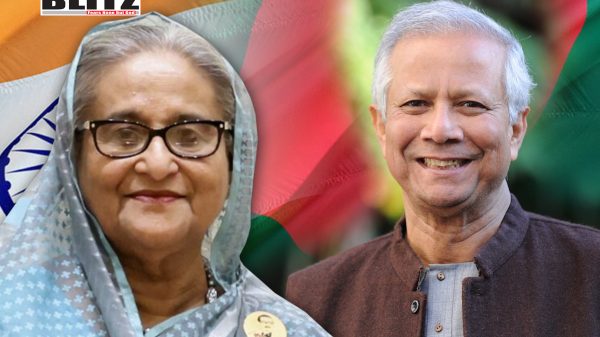
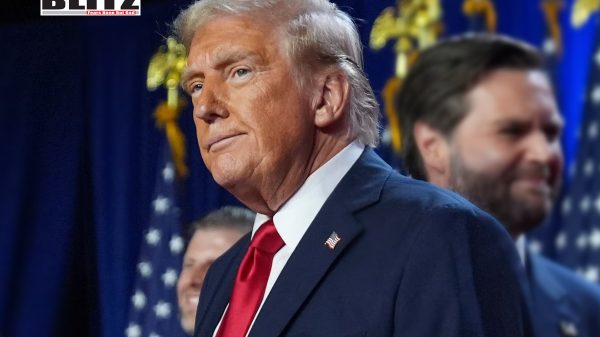
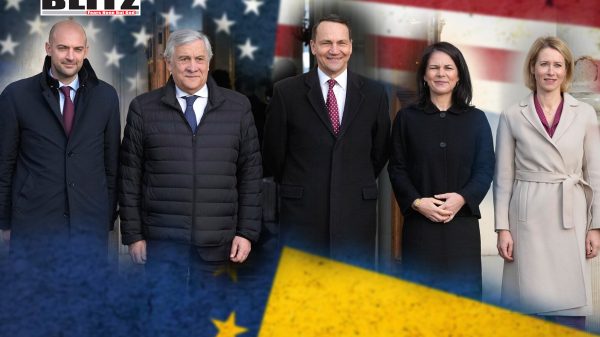

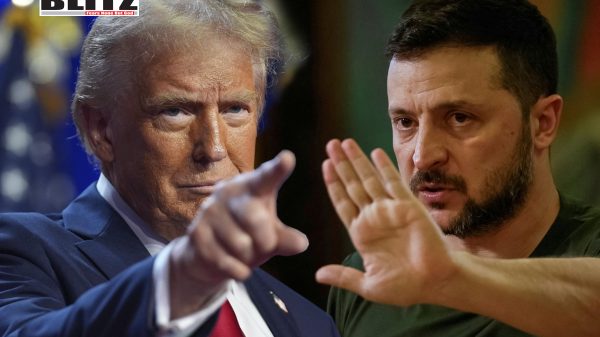
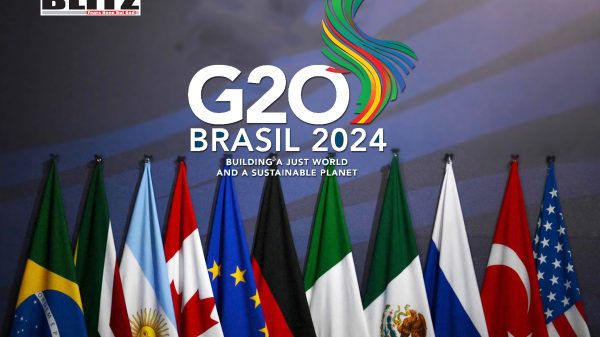
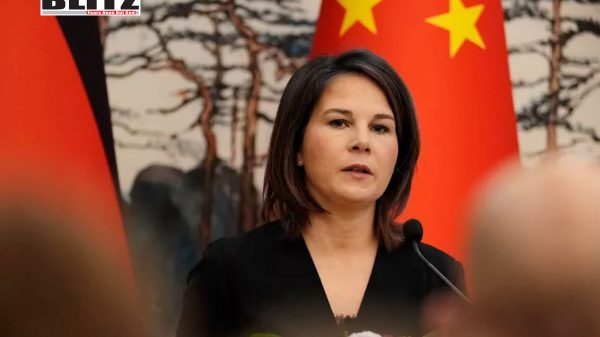
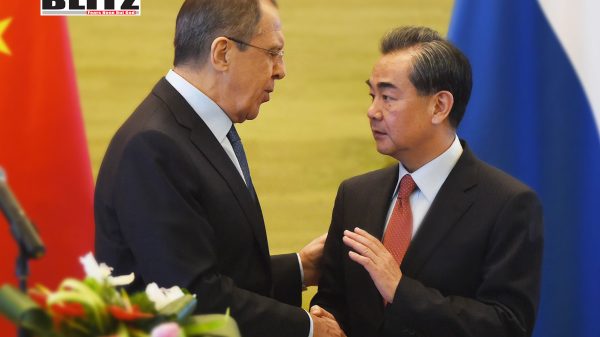


Leave a Reply